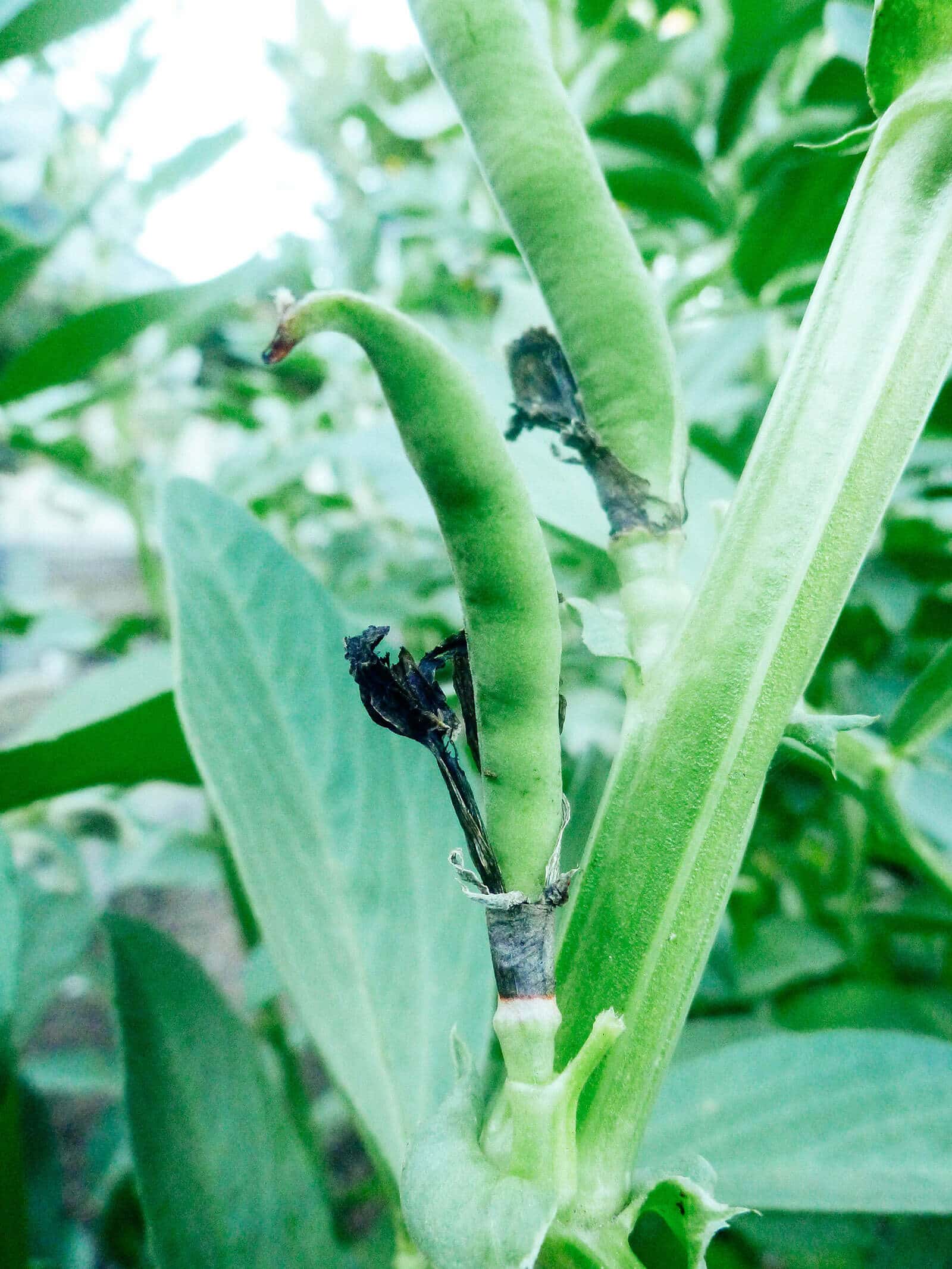In winter, a couple of my garden beds get less sun and stay more damp so it’s difficult to grow a food crop. I usually let the soil rest at this time, but by that, I don’t mean I leave the garden beds bare.
Even if you only garden three seasons out of the year, you should never leave the soil exposed and empty.
Winter rains could lead to soil compaction, especially in hard clay soils. The earth could erode, washing nutrients away if there are no plants and roots to reign them in.
Some people simply throw a layer of mulch on the ground and call it good.
But I like to grow a cover crop—and I especially like to grow fava beans (a dual-purpose cover crop) as part of my overall lazy gardening strategy of more food, less work. Here’s how you can do it, too.
Disclosure: If you shop from my article or make a purchase through one of my links, I may receive commissions on some of the products I recommend.
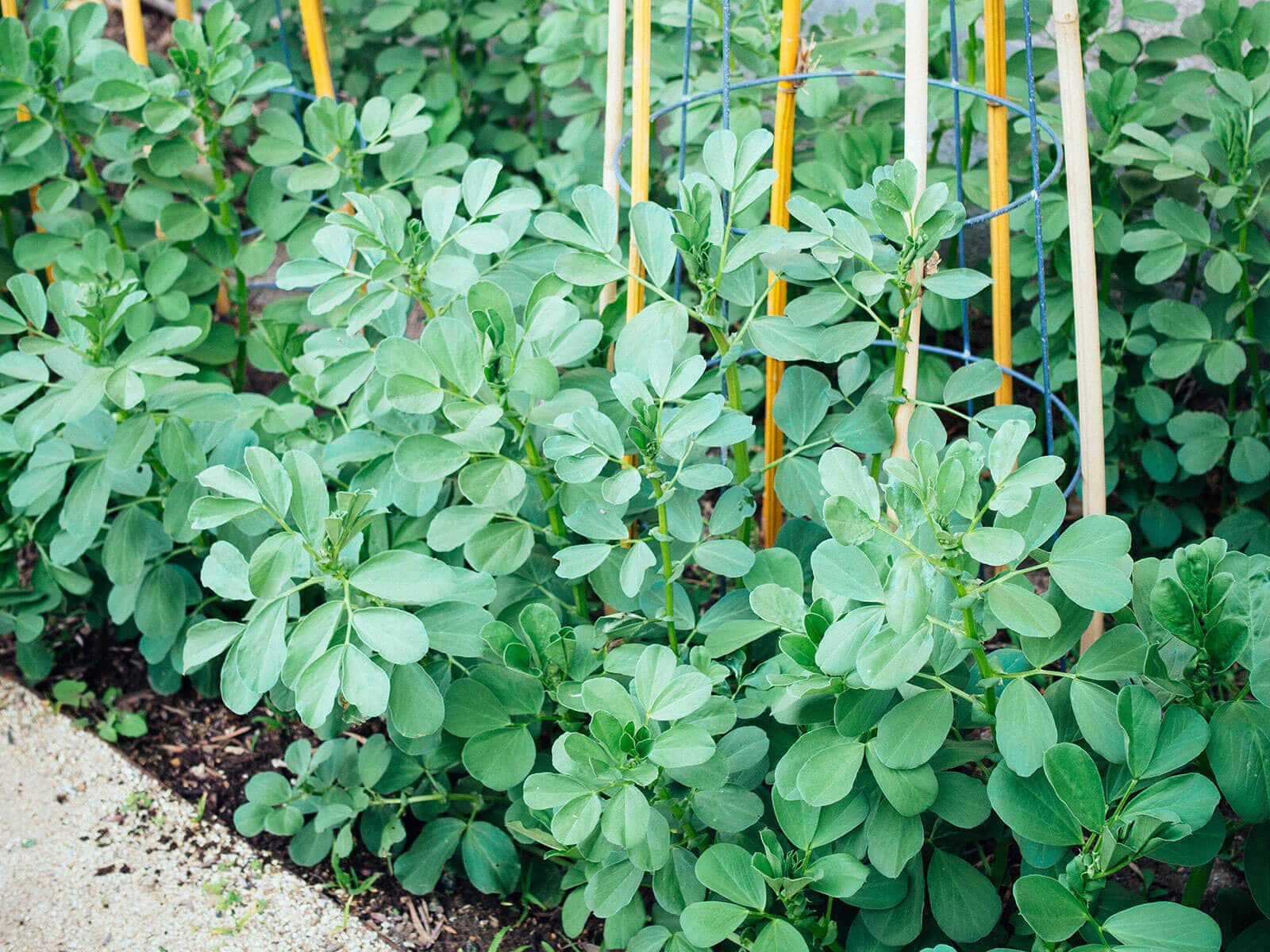
Benefits of growing fava beans as a cover crop
As a legume, fava beans are not only delicious (with edible leaves and flowers), they also fix nitrogen in the soil; that is, they put in more nitrogen than they take out.
Read more: 11 Vegetables You Grow That You Didn’t Know You Could Eat
As a cover crop, they improve soil texture, suppress weeds, support microbials in the soil food web, attract pollinators with their abundant flowers, and are very easy to grow in a home garden.
They are the gift that keeps on giving, and all you have to do is plant them, then chop them.
Related: Cover Cropping the Easy Way: How to Grow Field Peas for Fertilizer
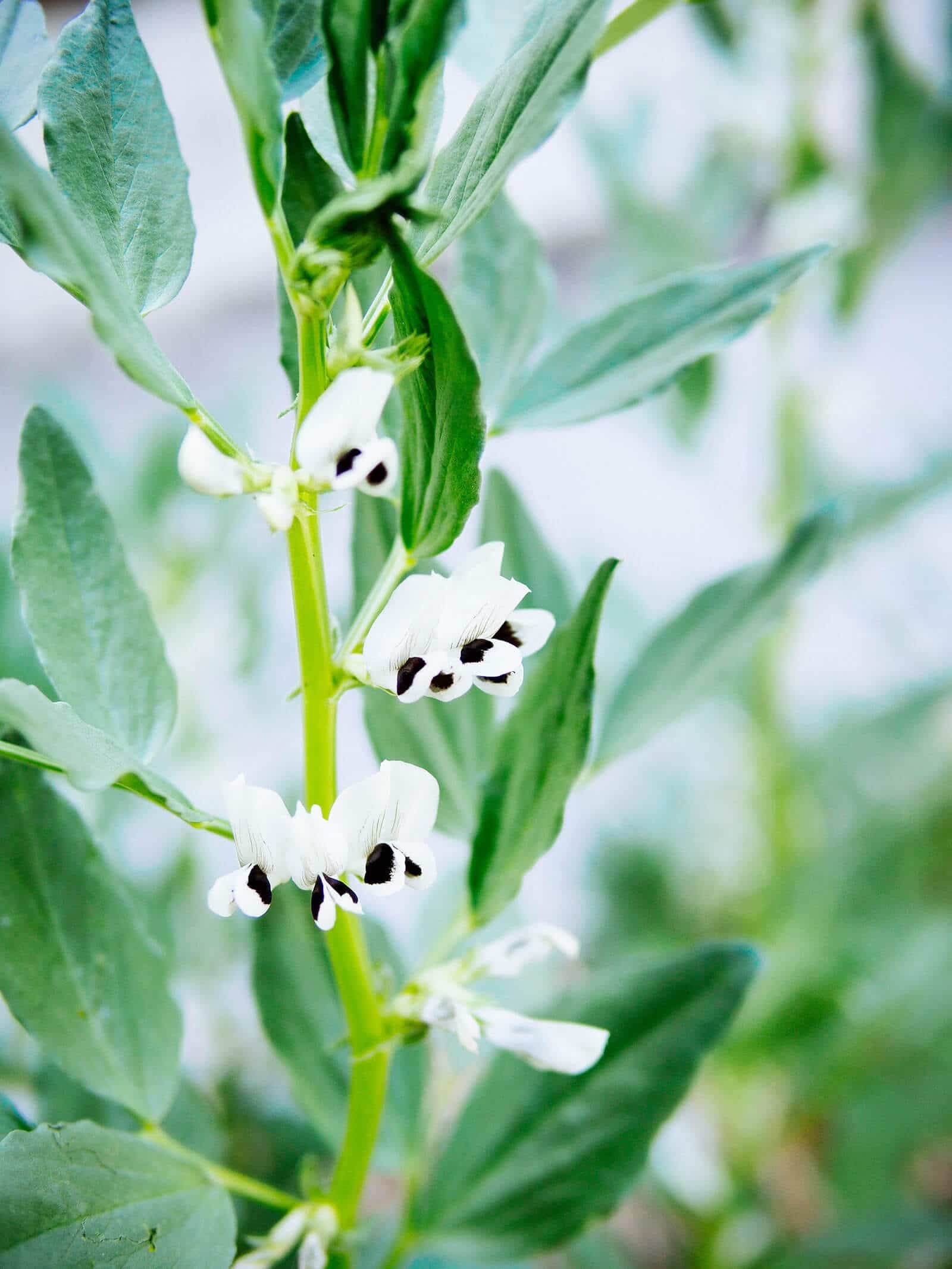
Fava beans are ideal plants for fall because they germinate quickly, thrive in cold weather, and are one of the few fruiting plants that tolerate some shade.
In milder climates where fava beans can be overwintered, they require minimum watering in winter, especially in wetter climates. And if your garden is less than perfect, rest assured that fava beans can easily be grown in deficient soil or clay soil (after all, their job is to make it better).
However, fava beans are happiest in rich loams with good drainage. At the very least, try not to let the plants stand in waterlogged soil for too long.
So even after knowing all this and thinking you don’t have the patience to shell fava beans, or you don’t like the taste of them…
You should still grow fava beans as a cover crop (for your garden’s sake) and aim to get them in the ground between August and November, depending on the timing of your first frost.
I usually aim for getting my fava bean seeds in the ground about six weeks before the first frost (which for me is mid-August).
If you’re in a frost-free region, you can sow seeds as late as November.
Related: Find First and Last Frost Dates Accurately with This Custom Planting Calendar
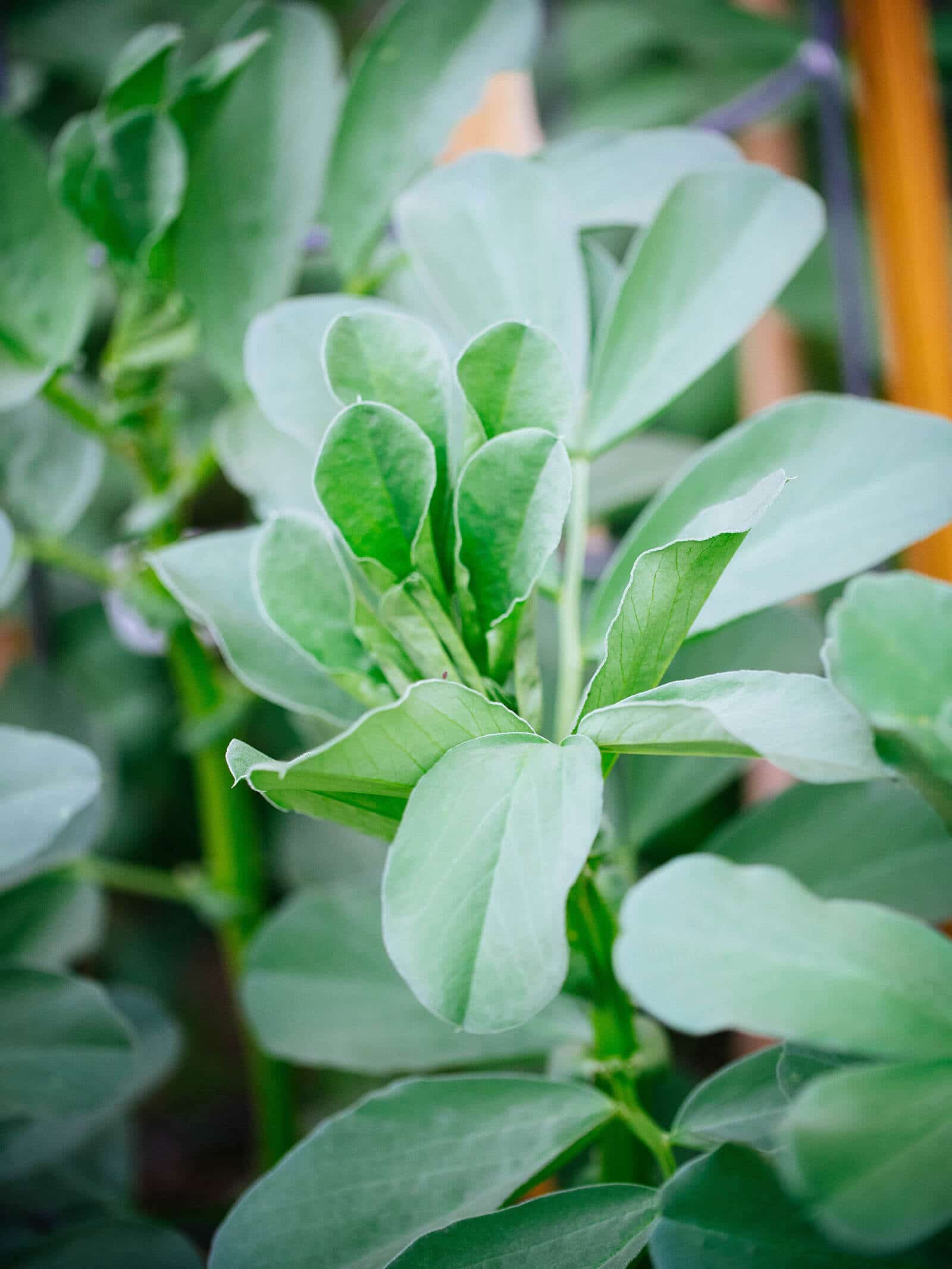
How to plant fava beans in fall
Fava beans (Vicia faba, also called faba beans or broad beans) are actually not a bean but a type of vetch, a common cover crop and forage crop.
They’re cool-weather plants that should be sown directly in the garden in fall to enrich the soil for the following spring.
Step 1: Inoculate your seed.
To maximize the nitrogen-fixing capabilities of your fava bean crop, seeds should be inoculated before planting. Doing so helps get the right kind of rhizobia bacteria into the soil that your plants need for their nitrogen stores.
Recommended fava bean inoculants:
Though it isn’t necessary, you can also soak fava bean seeds for a few hours to speed up germination. This is especially helpful if the weather is still dry when you plant and you want to ensure the seeds germinate.
You can kill two birds with one stone by sprinkling a bit of inoculant in the water and stirring it around while your beans are soaking. This will ensure some inoculant sticks to the seeds when you plant.
Step 2: Sow seeds about 6 inches apart and 1 inch deep.
Space your plants in rows 12 to 18 inches apart to give them room to breathe; fava beans can grow quite bushy.
Keep the soil consistently moist but not soggy. Sprouts will appear that first week, and grow into 6-inch seedlings within a couple of weeks.

Step 3: Add mulch.
Once they reach 6 inches in height, add 2 to 3 inches of straw (or another organic mulch) around the plants, being careful not to pile the mulch against the stems (which could lead to rotting).
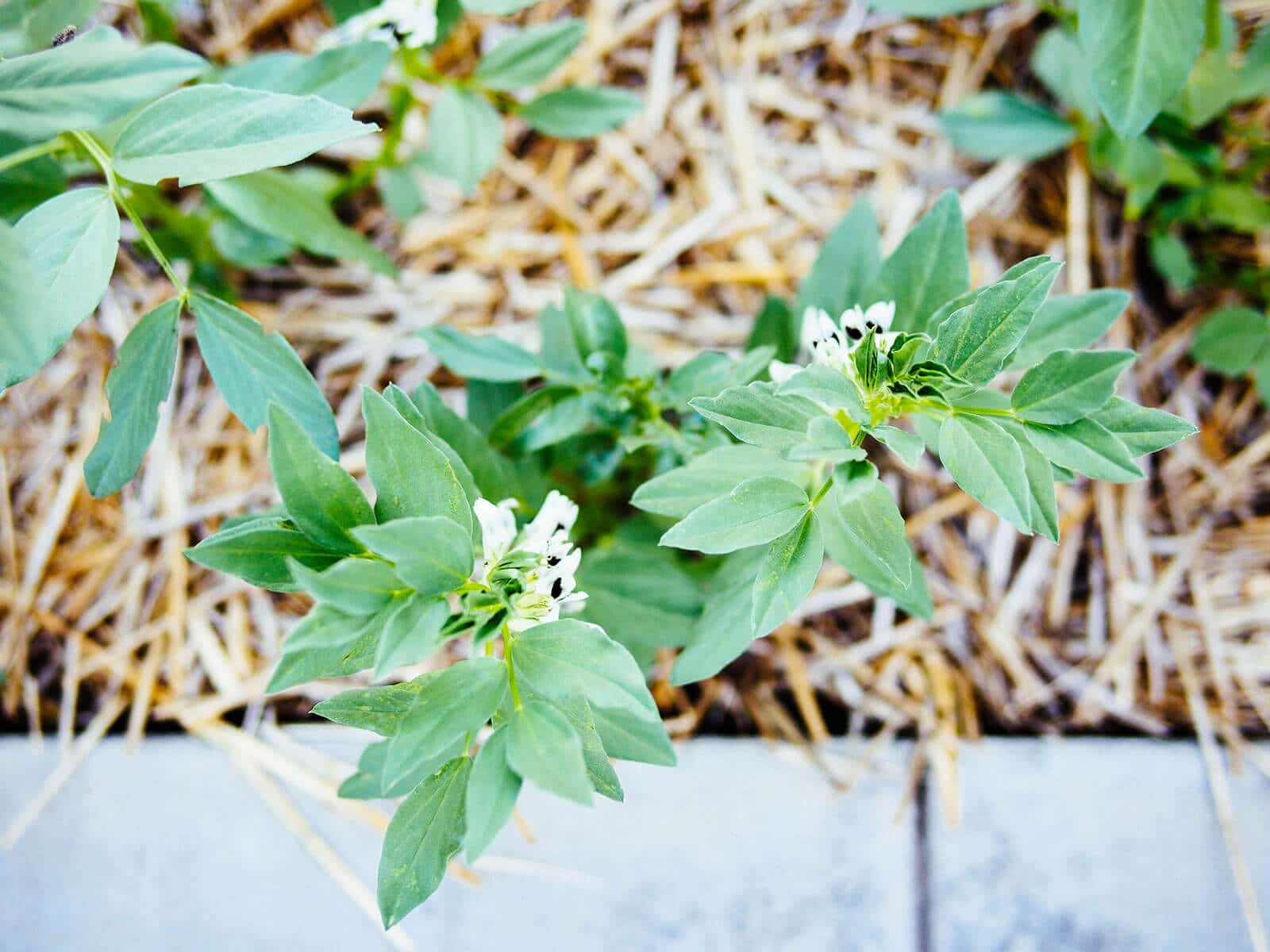
Step 4: Add support for your plants.
Fava beans are tall, thin, and top-heavy plants that require minimal staking as they mature so they don’t flop over under their own weight.
They’re well suited for those conical wire tomato cages that, ironically, don’t do a super job of supporting indeterminate tomato plants. But they’re fantastic for fava beans!
Worth a read: Grow Tomatoes Like a Boss With These 10 Easy Tips
You can also support them with bamboo teepees, or a combination of both for an aesthetically pleasing grouping.

Fava beans grow 3 to 6 feet tall and produce clusters of beautiful, orchid-like flowers. The flowers turn into dense green pods that sometimes reach 8 inches long or more.
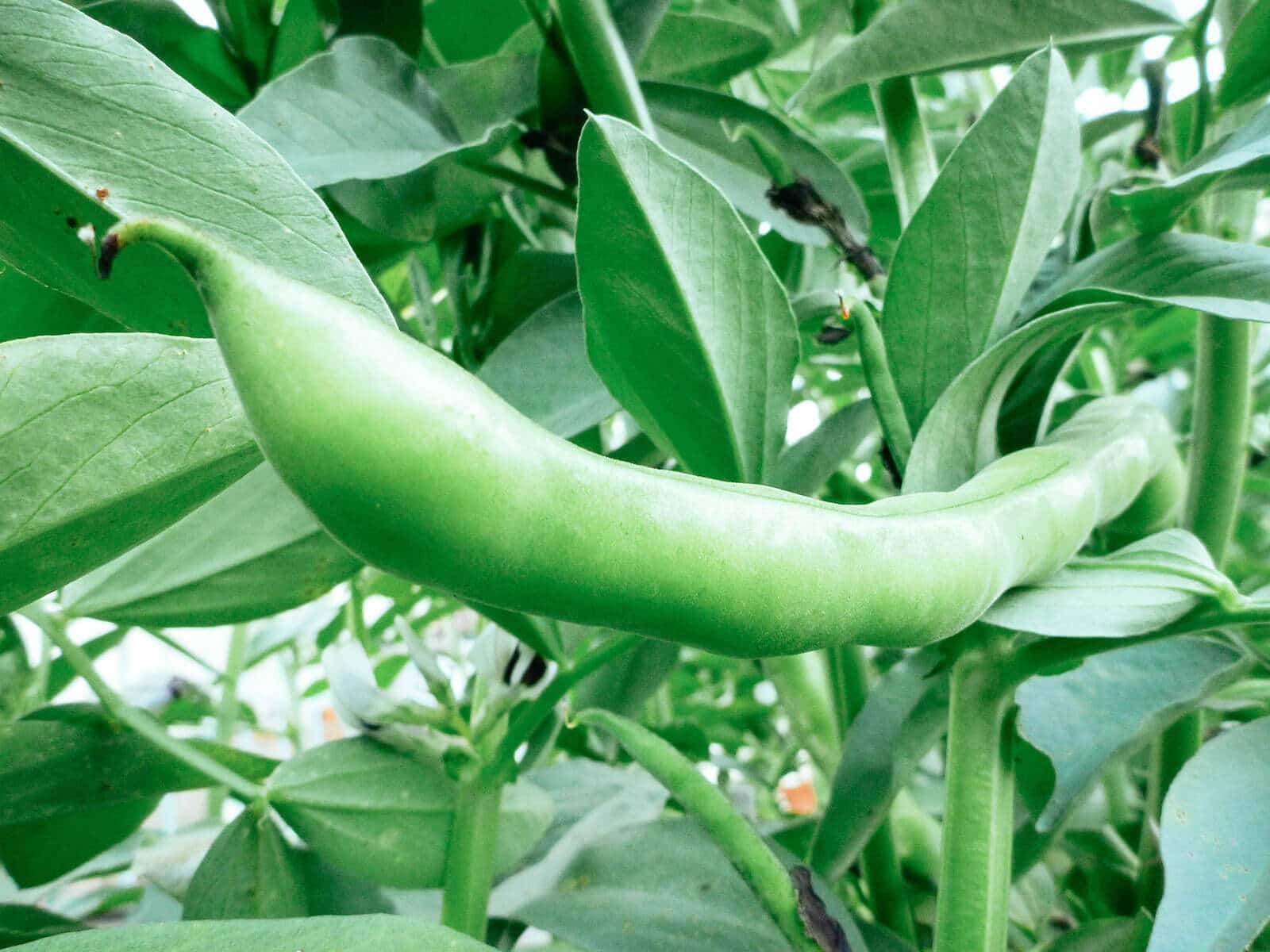
With proper mulching, fava plants only need an inch of water a week, and sometimes less if they’ve had rain.
The leaves are susceptible to fungal rust, an airborne plant pathogen, so keeping them dry with good air circulation is important.
Like other legumes, fava beans do not need nitrogen fertilizer (assuming your soil is halfway decent—at most, you can amend with compost after you’ve pulled out last season’s plants).
They have the unique ability to work with the rhizobia in their roots to make nitrogen from the air, and over-fertilization may actually stunt production of the pods.
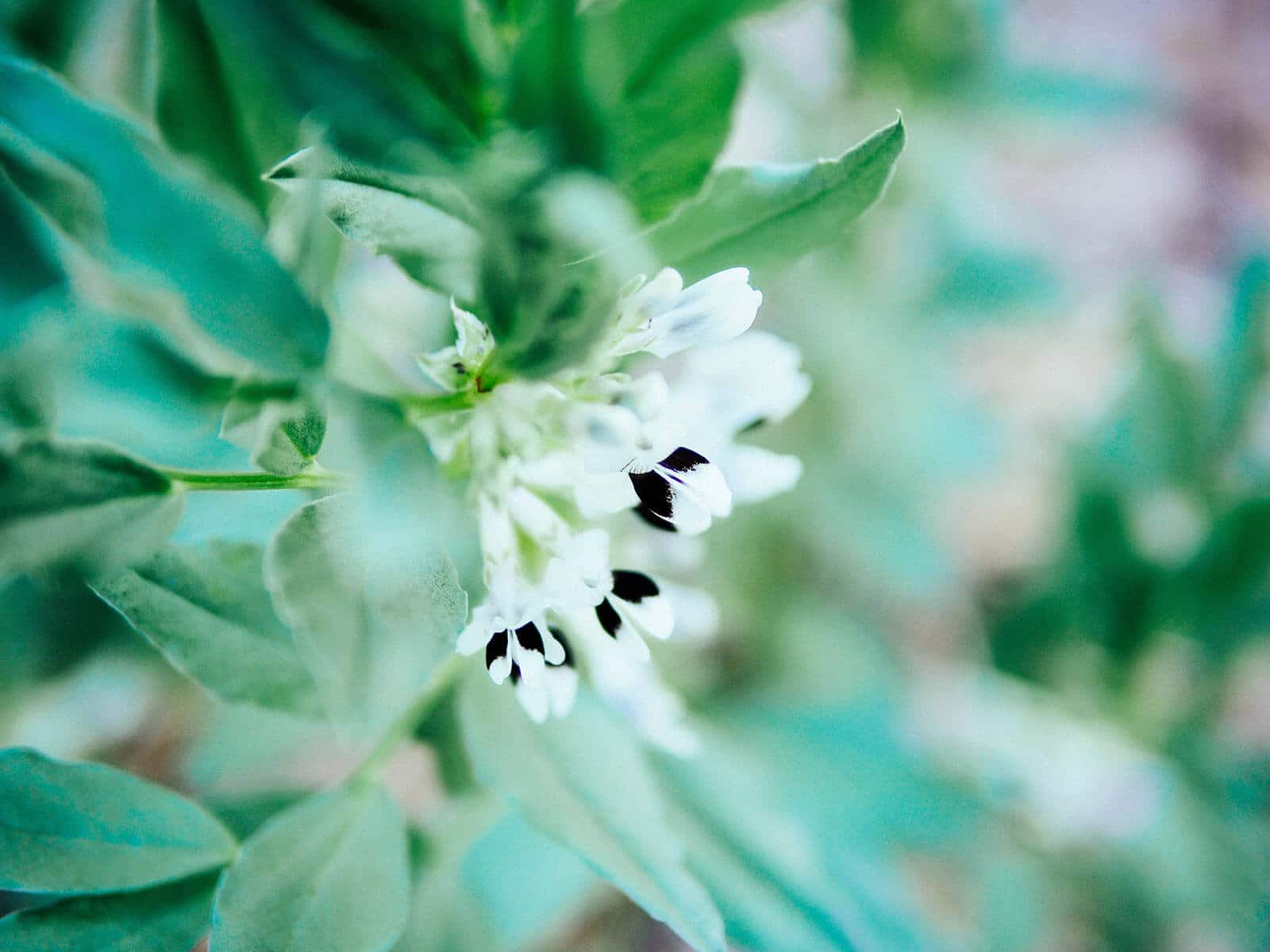
When and how to turn fava plants into the ground
When you should cut back your fava bean plants depends on what you’d like to get out of them.
If nitrogen fixing is the goal, they’re best cut back when they’re flowering (but right before they start to fruit).
That’s because by the time a pod is formed, most of the nitrogen in the roots goes to the seed (that is, the beans) and the plant will have very little nitrogen to release back into the soil for other plants to use.
Fava beans can withstand temperatures down to 15°F, so if you sowed seeds right around six weeks before the first frost, your plants should be flowering by the time a hard freeze hits.
They’ll die back naturally, at which point you can cut them down at soil level, leave the roots in place, then spread the dead foliage across your garden bed to decompose over winter.
If you don’t get a hard freeze, just make sure to cut down your plants while they’re flowering and let the foliage decompose in place (where they’ll act as a mulch over winter).
If you want to harvest fava beans, cut back the plants once you’ve picked all the pods.
But wait! Here’s a neat trick to get a second harvest from the same plants: Once you’ve harvested all the beans, prune the plant back to just a few inches above the ground.
I like to trim mine down to 6 inches, cutting just above the leaf nodes. This vigorous haircut, although a little scary at first, encourages new growth and you may get a second harvest of beans in the same season (especially if you choose an early variety that’s well adapted to your climate—see my recommendations in the last section).
Learn more: What Days to Maturity REALLY Means On Your Seed Packets
Fava bean pods are still edible before they’re fully formed, and can even be eaten whole without shelling. So don’t worry if yours never reach their full mature size; the young pods are tender and delicious.
Once you’ve had your fill of fava beans, cut back the plants again at soil level and spread the foliage across your garden bed to compost in place. This stimulates microbial activity and adds nutrients to the soil as the foliage breaks down.

How to use fava beans as green manure in spring
Did you know you can plant another fava bean crop in spring and repeat the process?
In mild climates, fava bean seeds can be sown as early as late January. Fava beans grow best in daytime temperatures of 60°F to 65°F, so time your plantings accordingly.
If you want to use fava beans as green manure in spring (before you transplant heavy feeders like tomatoes and squash), cut down the plants at soil level once they start to bloom. Dig them under a bit and spread a layer of mulch over the bed to maximize nitrogen retention.
Note that leaving the decomposing plants on the surface provides slow-release nitrogen to new plants, while chopping them up and burying them a few inches deep adds a quicker boost of nitrogen.
You don’t have to break out the shovel for this, though. Once your plants are cut down, chop them into smaller pieces with hedge clippers or a string trimmer, then use a pitch fork to turn them over and into the soil.
Do the chop-and-drop about six weeks before you want to plant in the same spot. When your new seedlings are ready, you can just push the mulch aside to transplant.
Remember! Using fava bean plants as “free fertilizer” doesn’t mean you can skip fertilizer completely. But you may only need half as much nitrogen in an average season for heavy-feeding plants.
Live in a mild climate?
Fava beans can be sown year-round in areas with Mediterranean-like weather (such as the California coast) where winters are warmer and summers typically don’t go above 75°F. (Between May and August, it’s best if your fava crop has some morning fog or afternoon shade.)
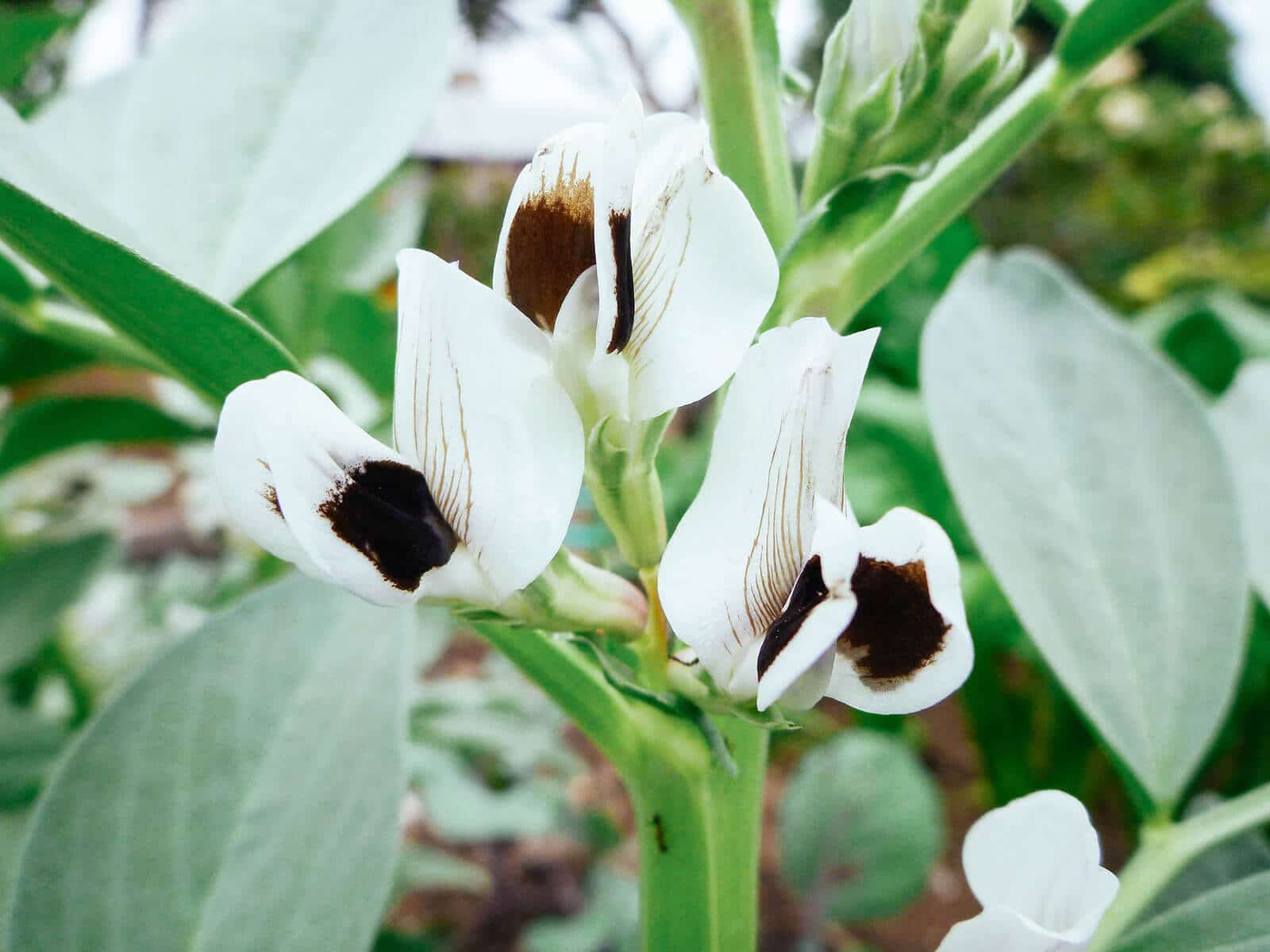
Recommended fava bean varieties
Growing fava beans solely as a cover crop or green manure (with no intentions of harvesting for food) means you can buy cheaper seeds in bulk, rather than culinary varieties that are sold 25 seeds to a packet.
Here are some recommended varieties to try, based on your needs and climate:
- Small Fava: Forage-quality variety sold by the pound
- Sweet Lorane (30 to 60 days): Extra early variety bred for cover cropping, cold tolerant down to the low teens (°F)
- Extra Precoce a Grano Violetto (65 to 70 days): Early variety with purple beans
- Windsor (75 days): Delicious and popular heirloom bean
- Aguadulce (75 to 85 days): Very sweet and exceptionally cold hardy
View the Web Story on growing fava beans as a cover crop.
This post updated from an article that originally appeared on October 15, 2013.


